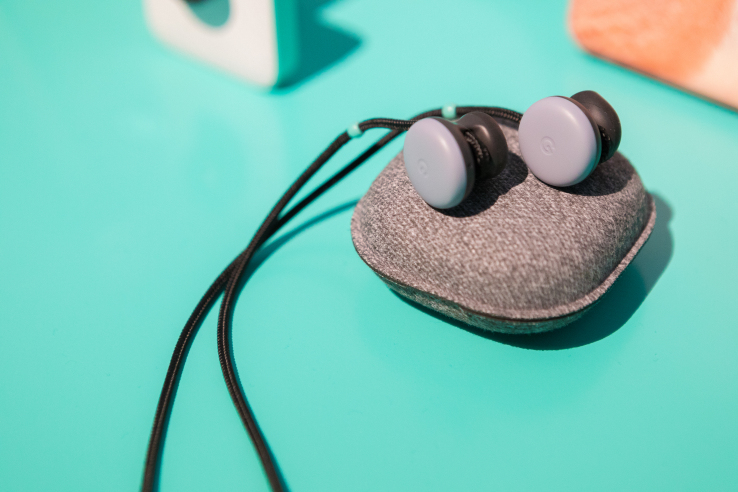

Another domino has fallen in the march toward a post-headphone jack world. Today Google became the latest company to drop the once ubiquitous port from its phones, though it hardly devoted any time to its own courageous move. The driving motivation for dropping the jack is pretty clear after a quick survey of the mobile landscape: the Pixel is moving to an edge-to-edge display.
“The primary reason [for dropping the jack] is establishing a mechanical design path for the future,” Google product chief Mario Queiroz told TechCrunch after the event. “We want the display to go closer and closer to the edge. Our team said, ‘if we’re going to make the shift, let’s make it sooner, rather than later.’ Last year may have been too early. Now there are more phones on the market.”
The move was “absolutely” a driving factor in the company’s decisions to launch its own AirPod competitor, the Pixel Buds, according to Queiroz. The company essentially created an opening in the market by dropping the jack, and it was able to step right in with hardware that also helps make Assistant more ubiquitous, while turning Translate into a real world version of Douglas Adams’ Babelfish.
The inevitable death of the bezel was also a big driver behind the company’s move to P-OLED for the larger Pixel XL. “It’s a new technology, but we’re really excited about the possibility of being able to wrap the screen around the side,” explains VP Product Management,” Brian Rakowski. “We designed it in a way that’s still comfortable to hold and you’re not necessarily holding the display. It gives you the ability to get a little bit closer, so you can start to see the curve without it being more a blocky, slab of a phone.”
Of course, a quick glance at the new Pixels makes it clear that Google opted not to go in that direction this time out, unlike the likes of Apple, Samsung and LG. So, why not just go full bore into the bezel-free future? The move was overrided in part by the decision to include the front-facing speakers that flank the screen.
According to Queiroz, the company also simply wanted to give users a place to hold the phone. “One of the things that I pushed pretty hard for was the side band so you don’t feel like you’re gripping the display,” he explains. And with the Pixel’s 2 U11-inspired Active Edge feature, it also means a more place to put the squeeze on.

